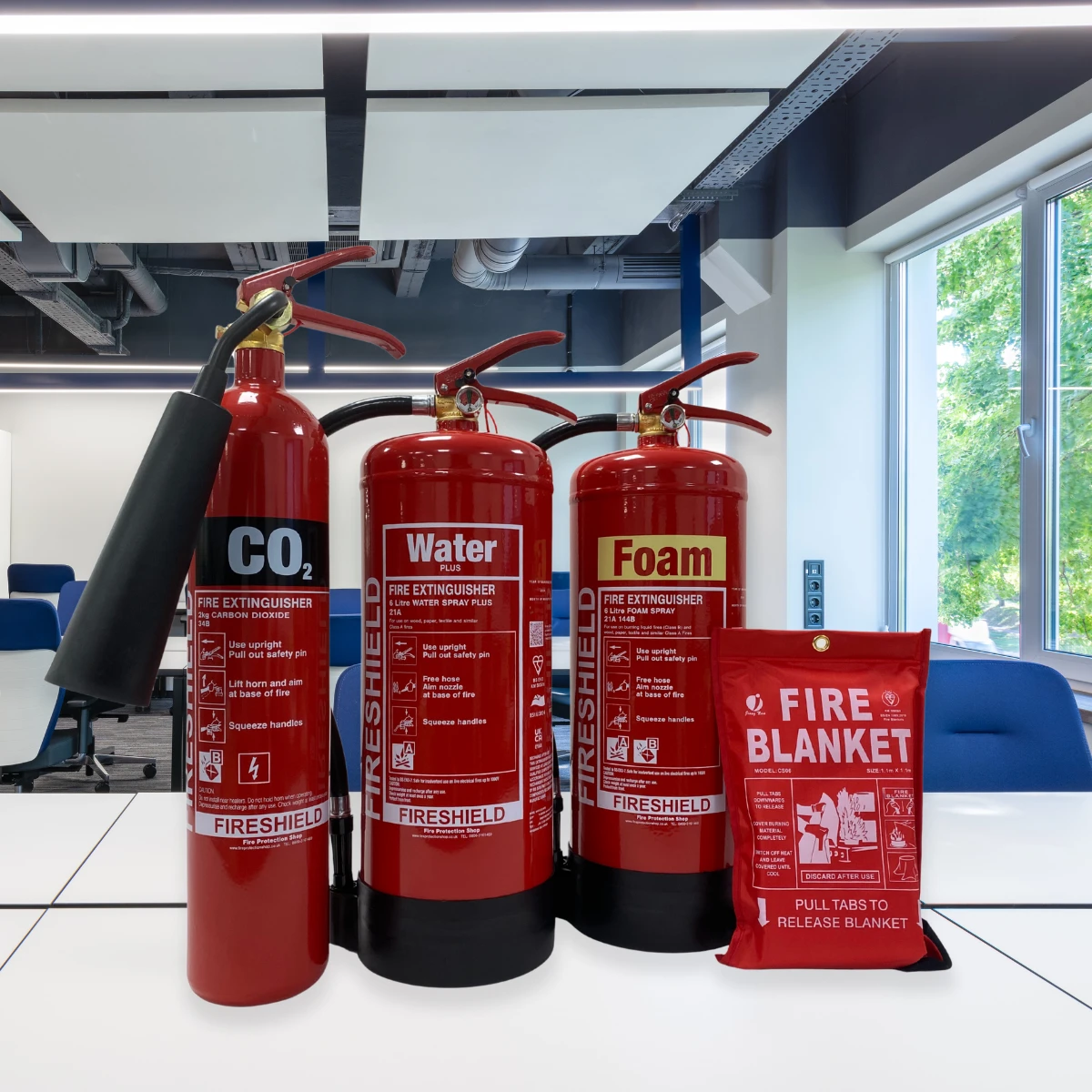School Fire Safety
- markgregory3
- Oct 15, 2024
- 3 min read
Updated: Oct 24, 2024
When fire breaks out in a school, it can have a devastating impact not only staff, students and parents but the whole community. Whether vandalism or accidental, the cost of school fires in monetary terms as well as the emotional toll and educational disruption can be catastrophic. Small fires can mostly be extinguished successfully. However, for the rare and unexpected occasion when a larger fire takes hold, schools should be confident every effort has been made and every precautionary method taken to preserve life and property
Here we take a look at best practice with fire safety in schools and explain all about legal requirements and sensible steps to ensure all who use the building are kept safe in an emergency.
Assigning a responsible person
The Regulatory Reform (Fire Safety) Order requires that all workplaces have fire precautions in place where necessary and that a 'responsible person' is instated. While in most workplaces the responsible person is the employer or anyone with control of the premises, in a school these duties may fall to the headteacher or the governing body. The responsible person must ensure that a fire risk assessment is carried out and the necessary precautions are taken to protect the safety of 'relevant persons' (i.e all who use the school). It's the role of the responsible person to help assess all fire risk and ensure that, as far as is reasonable, the needs of all relevant persons, including those with disabilities and additional needs, are met. A huge part of the assessment is identifying fire hazards and the people potentially at risk - they might be, for example, students working in unsupervised areas or people unfamiliar with the premises.
Installing fire protection measures
Once the presence of risk has been concluded, it's crucial that steps are taken to reduce any remaining risk and that precautions are put in place. That means installing early warning systems such as smoke detectors and fire alarms. They allow for early warning to facilitate the fire escape plan. An evacuation plan is legally required in schools and it's the job of the responsible person to oversee it, while fire drills should be held once a term at different times of the day. For as swift and fuss-free emergency exit as possible, schools must ensure appropriate signage is visible along all corridors and at each fire exit of the route.
Fire extinguishers in schools
The amount and types of fire extinguishers installed where will depend on the size of the premises and the nature of the fire risk in any particular area. Most commonly fitted fire extinguishers include water (for wood, paper and solid material fires) and CO2, which tackle liquid and electrical fires. There will be other types of fire extinguishers such as wet chemical fire extinguishers for kitchens with deep fat fryers. You may even require alcohol resistant foam fire extinguishers in prep rooms. Fire blankets will also be required in most kitchen and design Tech areas and also science classrooms where the risk of clothing fires are higher. Should an emergency occur, staff should be aware of the nearest extinguisher's location and be trained to use it.
Reduce the risk of vandalism
Steps should be taken taken to minimise the risk of fire equipment being misused and/or vandalised. Precautions to be considered are fire extinguisher cabinets in corridors along with fire extinguisher covers on all equipment in classrooms. Depending on the size of the school and amount of extinguishers installed consideration should be given to spare fire extinguishers which can be used to swap with anything unfit for service. This ensures that the level of fire protection is not reduced.
Contractor Security
Its advised that all Schools ensure that their service provider is only sending people to site who have had a DBS check carried out.
Conclusion
It's vital that every reasonable step is taken to protect students, staff and property against the risk of fire in schools. A thorough fire risk assessment is the best place to start and the ongoing maintenance of all fire protection equipment is crucial for peace of mind that in the event of an emergency the equipment will work as it should.
Working with a trusted service provider is also vital to ensuring that the School is best placed in the event a fire occurs.
Veteran Fire Safety provide fire extinguisher servicing, fire risk assessments and training through out the UK. Contact us today for a quotation.


